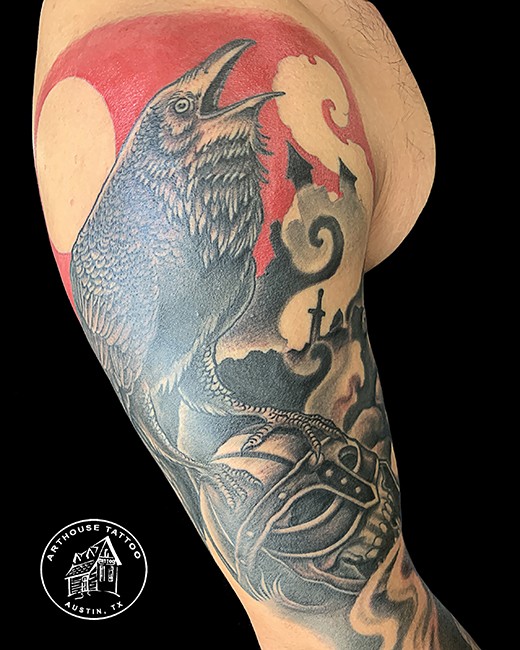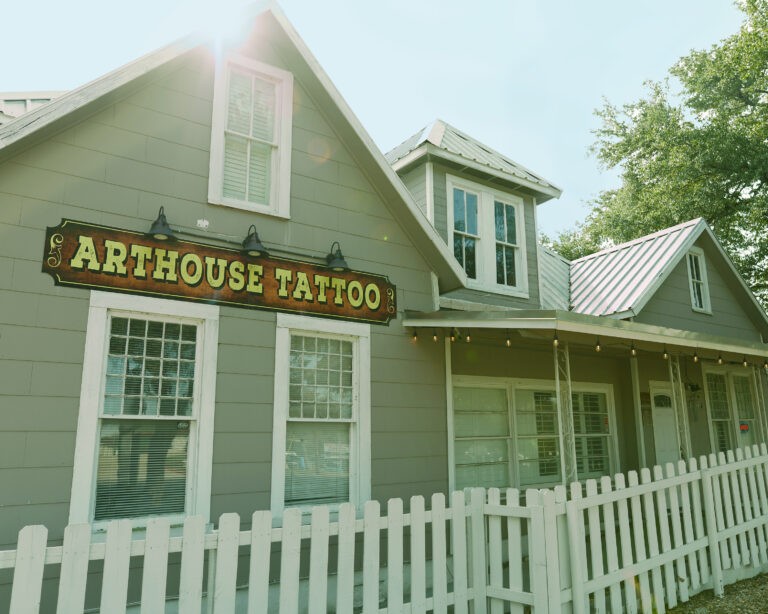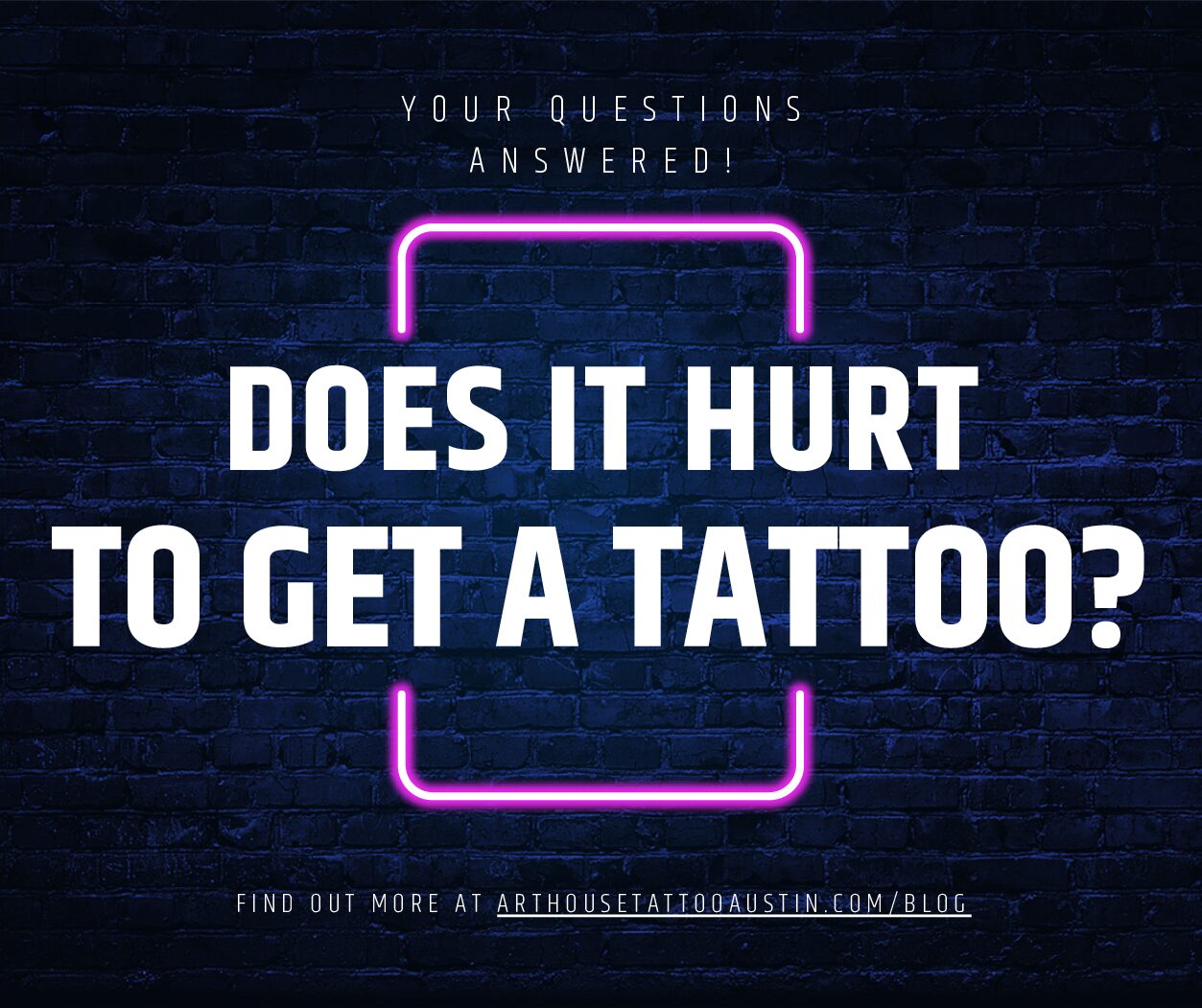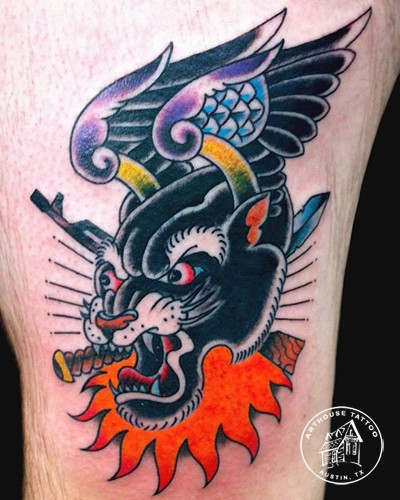Your Guide to Getting a Custom Tattoo
You have an idea for your new tattoo – spent countless hours on the internet looking for inspiration and components you’d like to pull together. What you’re looking for is a custom piece, but how does that process work? How does your idea transform from a description into an amazing piece of skin art? While we can’t speak for the particular process of every artist, there is a general method – one you should be prepared for once you’re ready to make your vision a reality.
Find The Right Artist
The first step toward the realization of any tattoo is to find the right artist – and the best way to do this is to review the portfolios of a few potentials. Is the portfolio mostly one style of tattooing or a collection of many? Do you like the overall quality of the artist’s work? Does the artist’s work represent the look and feel of what you’ve envisioned?
Of course, there’s far more than these three questions to consider when choosing an artist but don’t worry, we’ve posted full instructions on finding your future tattooist so you can make an informed decision.
Schedule A Consultation
Once you’ve chosen your artist, you’ll request a consultation to discuss your custom piece. If you’re working with a local artist, expect to meet in person so your tattooist can sketch as you discuss different ideas. If you’ll be traveling to an in-demand artist in a different area, your consultation may consist of emails and images sent back and forth. During your consultation you’ll also want to discuss the size and placement of your tattoo, which may affect its design.
Don’t expect to walk out of your consultation with the final drawing of your tattoo. This meeting is more about the overall design and the artist will probably complete a detailed, final version closer to your actual tattoo date.
Your consultation will also be the time to discuss the cost of your tattoo. Policies differ so consider the complete cost and, if your tattoo will require more than one session, whether or not you will be allowed to make payments. Also be warned that those who choose an artist with the intention of getting a cheap tattoo are often disappointed in the quality of their piece. Your tattoo will be permanent and cutting costs can lead to permanent disappointment or having to invest more money to fix or cover up shoddy work. Consider saving a little longer to ensure you end up with a piece that you (and your artist) are proud of.
Examples & Inspiration
To clearly show your tattooist what you’re envisioning, bring along any printed examples of possible tattoo components, styles, color schemes, shading, and fonts that you hope to incorporate into your design to your consultation. When trying to create an image from a client’s description, a picture speaks a thousand words and you’ll find it easier to show your artist what you want than to put it in words.
Also, while your examples may serve as a guide, don’t expect your artist to be willing to copy and paste other custom pieces together that you’ve printed from the internet. Many consider this the equivalent of plagiarism. Not only does it reflect poorly on the artist but you wouldn’t want to run into someone else with your custom, one-of-a-kind tattoo on their skin either.
Be open-minded and realistic about the design. To create a tattoo that ages beautifully, your artist may suggest bold lines or a different style. Remember that your artist’s number one priority is to make you happy but their work also reflects their skill and reputation. Any suggestions for the design will be to ensure that your tattoo looks amazing: the day it’s inked and ten years down the road.
Drawing
When the final design is ready for your nod of approval will depend on the artist you work with. Some prefer to draw weeks in advance, some have to finish it up the day before your appointment. This usually depends on the artist’s schedule. The particular policies of your artist will also determine how (and if) the final design will be sent to you.
Unless it had been agreed upon with your artist, and you’ve paid to purchase the commission of the design, at this point your tattooist hasn’t made any money for the time they’ve spent drawing and sketching. Because of this, some artists won’t email a final proof for your approval and prefer to meet in person. Historically, more than one customer has exploited the situation by receiving their final design and taking it to a different artist or amateur friend in the hope of saving money – and it (understandably) has made tattoo artists wary of releasing work they haven’t been compensated for. While the design may have been your idea, the drawing itself remains the property of the artist until you’ve purchased it.
Your Appointment
Once the final design is ready and approved by you, it will be time to begin working on your custom tattoo. This may take more than one session, depending on the design and size.
By now, you have an appointment scheduled, so if you absolutely must to re-schedule, always give as much notice as possible. Also, please remember, that most shops require that a deposit be paid at the time of scheduling of an appointment, mainly to compensate (at least partially) for artist’s time put into creating your custom design in case of a no-show. For that reason, in most cases, a simple no-show or late cancellation will result in forfeiting of your deposit.
Prepare your to-be-inked skin by shaving, exfoliating, and moisturizing in the week leading up to your appointment. Wear comfortable clothing (or something to change into) that allows access to the area the tattooist will be working on. Arrive hydrated and make sure to eat before your appointment.
Your tattoo artist may have recommendations for your appointment prep as well, so be sure to ask. It won’t be long now before you’re showing off your custom ink and answering the age-old question a million times of “Did it hurt?”






